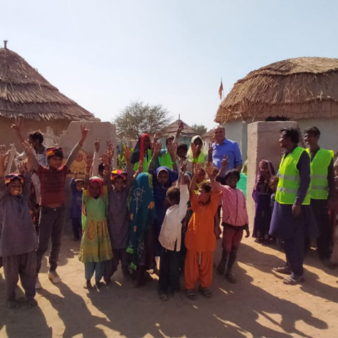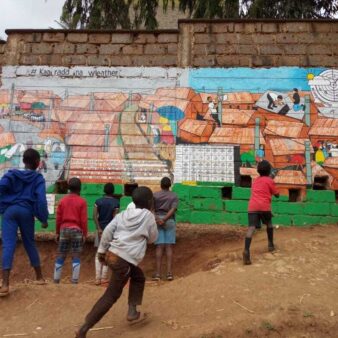The city of Springfield is one of the poorest and most ethnically diverse communities in the state of Massachusetts, USA. Almost one-in-three (29.7%) people lives below the poverty line and nearly half (48%) of the population is non-Caucasian. The city’s housing stock is old, with two in every five (40%) homes built before 1940 and the vast majority (86%) built before 1980. These old homes have a number of issues, including moisture, mould and pest problems. Around 89% of homes in Springfield were built before lead paint became illegal in 1978, resulting in lead poisoning rates three times higher than the state average.
Between 2011-2013, Springfield was damaged by a series of tornadoes. Many homeowners either had inadequate insurance policies or no insurance at all to cover the cost of rebuilding or repairing their homes. These disasters – and the devastation they caused in an already struggling community – inspired a project to rebuild and repair homes and communal spaces in Springfield with the aim of improving quality of life and health and creating a sense of civic pride for residents.
The #GreenNFit Neighbourhood Rebuild project is run by non-profit organisation the Revitalize Community Development Corporation. It brings together thousands of volunteers to renovate one city block on a single day each year, for 10 years. The Springfield project began in the Old Hill Neighbourhood of the city in January 2012 and completed three years ahead of schedule in 2019 (due to work being carried out on more than one block at a time).
The project has benefitted the entire Old Hill Neighbourhood (4,371 people) including 191 households whose homes were repaired. Improvements included the development of a playground and two new community gardens, clearance of 33 vacant lots, and upgrades to five non-profit facilities and a school for at-risk students.
At the request of town administrators, the model has been expanded to the nearby city of Holyoke, where more than half the population is non-Caucasian and 28.6% of the population lives below the poverty line, including 29% of children – the highest rate in Massachusetts. The first mass renovation day was held in Holyoke in October 2016. Since then Revitalize CDC has repaired 19 more homes and invested more than $600,000 USD in the city.
The project in practice
The #GreenNFit project involves initial planning that starts with grass-roots organisations, residents, municipal departments, neighbourhood councils and non-profit organisations all working together to identify areas and residents in most need.
All members of the community can participate in the project and are particularly encouraged to help with renovations to their own homes. Tasks are offered to suit people’s abilities, for example, helping to serve refreshments to volunteers, simple construction work, or taking part in clearance, gardening and other non-specialist jobs. Trained professionals carry out specialist construction work, such as energy improvements, damp/mould treatment, and roof replacement.
Volunteer tradespeople help with work on vacant land, such as unused green spaces, and dilapidated playgrounds. These areas are either cleaned up and repaired or rebuilt to bring them back into public use. Some unused green spaces have been converted into community gardens with fruit trees and vegetable patches.
Revitalize CDC invests approximately $0.5 million USD into each annual block renovation. This covers running costs including community outreach, programme and project management, construction and building materials, skilled construction labour, food and water for volunteers, t-shirts, social media, and storage for materials. Funds are raised through cash and in-kind donations from a range of local, state, federal, and private philanthropic organisations. The project has also received grants from corporate and private foundations.
One of the most innovative aspects of the project is the galvanising of large numbers of people to volunteer on a single block on just one day. Revitalize CDC estimates the project receives $229,440 USD worth of volunteering labour each year and almost all (90%) of volunteers return each year to support the project. With the addition of materials, Revitalize CDC evaluated the total value of community support at the 2019 mass renovation day in Springfield to be $486,000 USD.
All services are provided at zero cost to homeowners, making Revitalize CDC the only organisation in the region to provide totally free (no liens, loans or attachments) home repairs.
Social and environmental impact
Recycled and environmentally friendly products are used during the renovation process, which has a lower environmental impact than demolition and rebuild. The programme works with several organisations to recycle any waste materials, while suitable excess materials are donated to other organisations. Leftover paint is given to homeowners, so they can use it to maintain their homes.
Older homes require more heating, which increases oil, gas and electricity consumption. Revitalize CDC makes key energy-saving improvements, including repairs to heating, ventilation and air-conditioning units, the installation of insulation and double-glazed windows, water-saving plumbing fixtures, and new roofs.
By delivering these improvements free-of-charge, #GreenNFit helps to reduce social inequalities in low-income neighbourhoods, where people cannot afford to maintain or upgrade their homes. The project tackles social isolation and fosters shared community values. Young students have established relationships with elderly residents that have continued outside #GreenNFit events, while beneficiaries are encouraged to take part in future events as volunteers.
Neighbours become more engaged and connected throughout the duration of the project, making communities healthier and safer places to live. The redevelopment of open spaces prevents the misuse of public land, encourages participation and socialising through increased sport and leisure activities, and can reduce crime.
Home renovations lead to improvements in heat efficiency, a reduction in utility bills (households save on average $700-800 USD per year) and better health for residents suffering from conditions relating to damp, mould and poor heating. Modifications to homes, such as access ramps, help to prevent injury and illness and allow elderly and disabled people to remain in their homes.
All #GreenNFit homeowners are given assistance by Revitalize CDC to help them negotiate payment plans for any taxes in arrears.
The future
The #GreenNFit project relies on its well-co-ordinated volunteering programme and its efficient local fundraising and donor programme. The success of these programmes in Springfield and Holyoke has contributed to further income for the organisation, which is expanding its reach to help military veterans make critical repairs and modifications to their homes. The work will take place from 2019-2022, funded by a three-year $730,000 USD grant from the Department of Housing & Urban Development (HUD) Veterans Housing Rehabilitation and Modification Pilot Program.
Revitalize CDC’s work in Springfield and Holyoke has led to interest from other communities wanting to deliver similar projects and the organisation has so far provided consultation and mentoring to eight cities across the USA.
By tapping into the time-honoured US tradition of home building and renovation, #GreenNFit has developed a highly effective way of delivering large-scale community action. The project provides tangible improvements to homes and public spaces, strengthening social bonds and reducing inequalities for people living in some of the poorest neighbourhoods in the country.
View the full project summary here
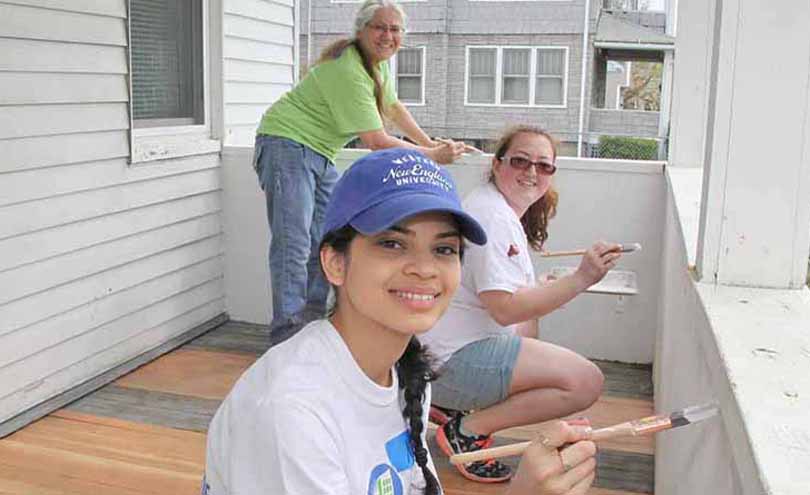
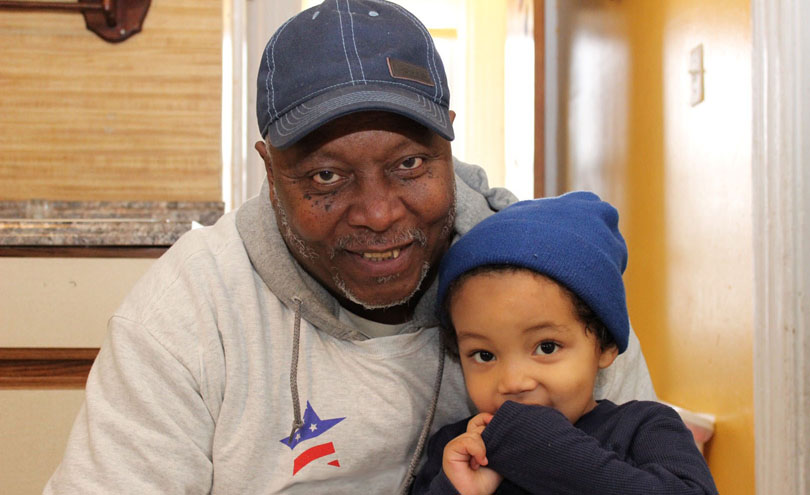

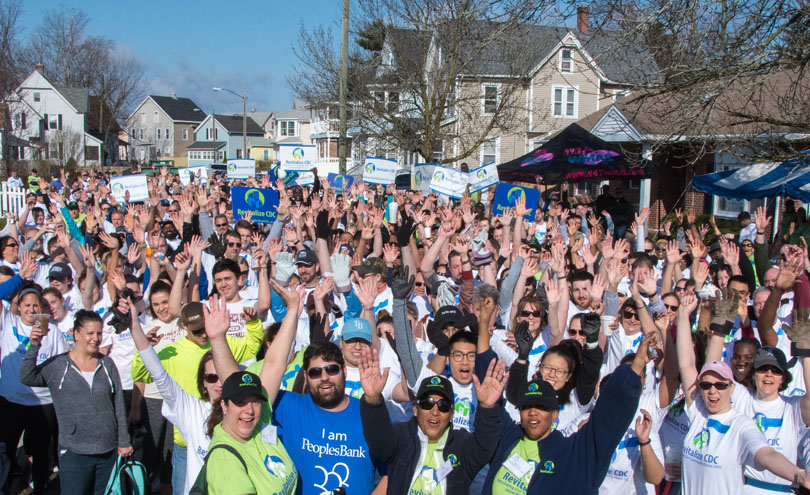

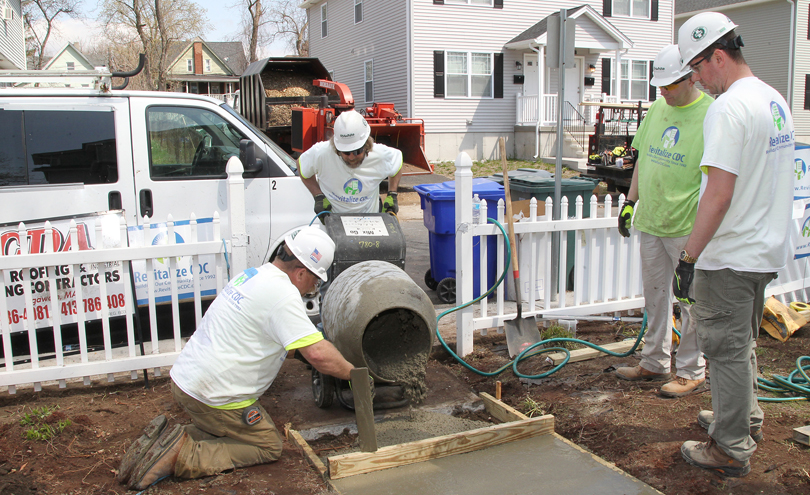
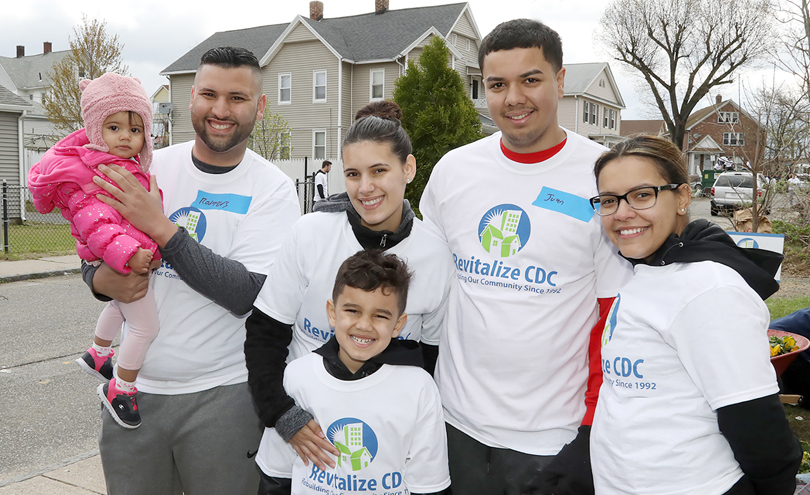
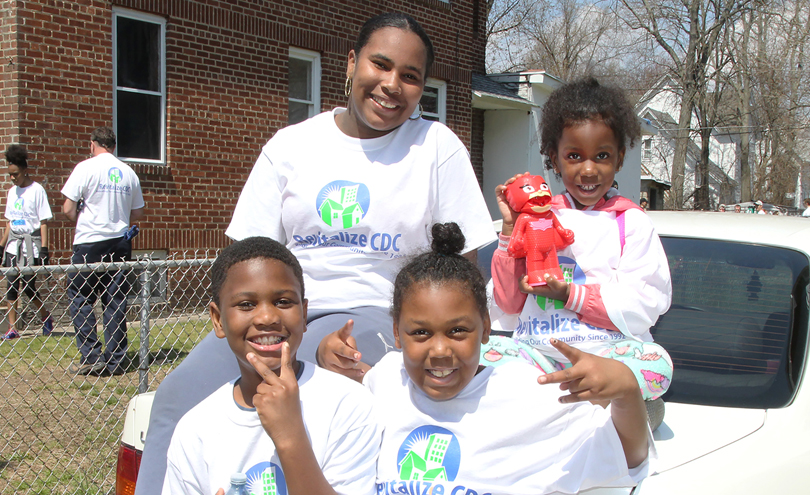
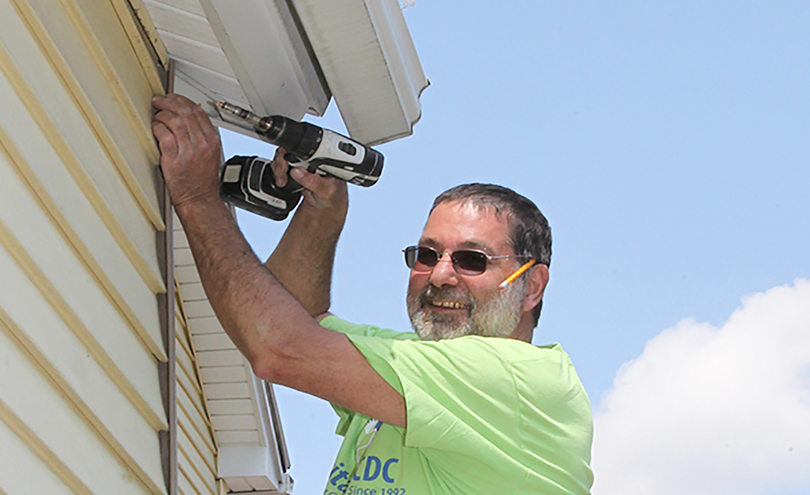
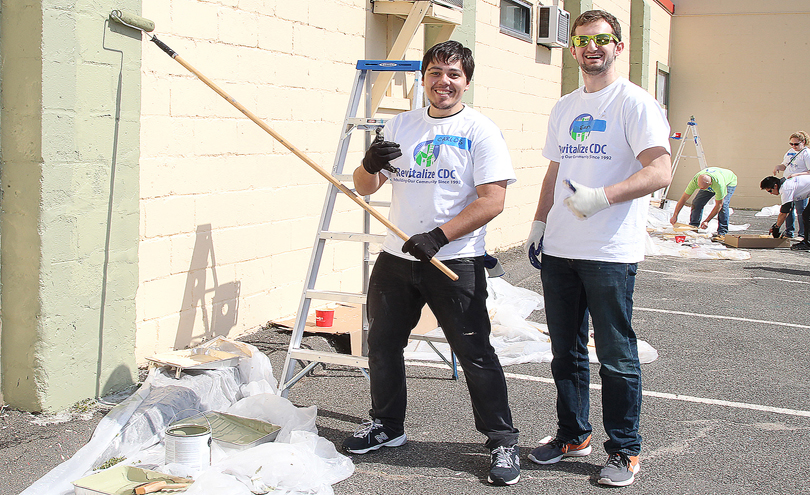
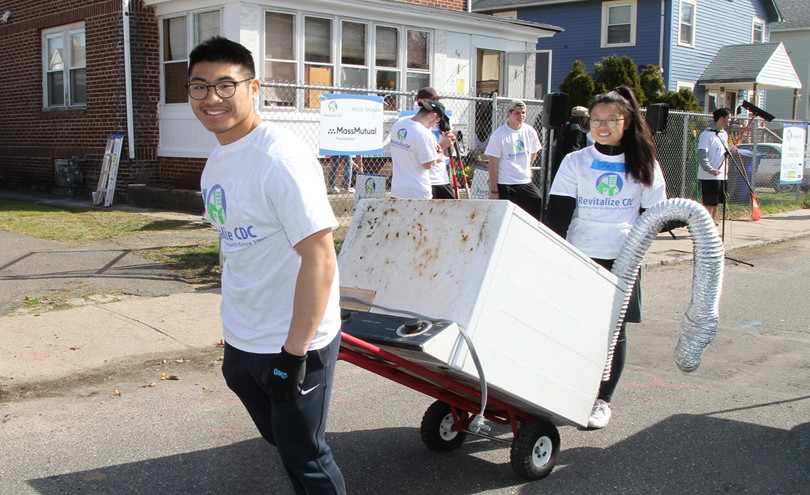
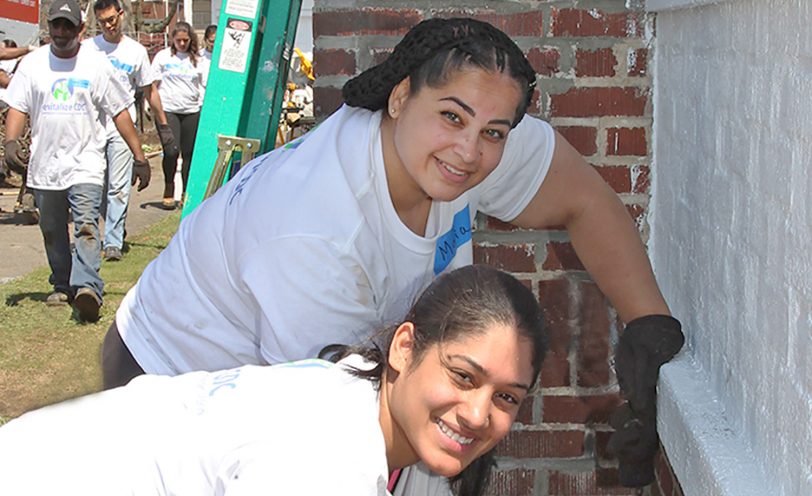
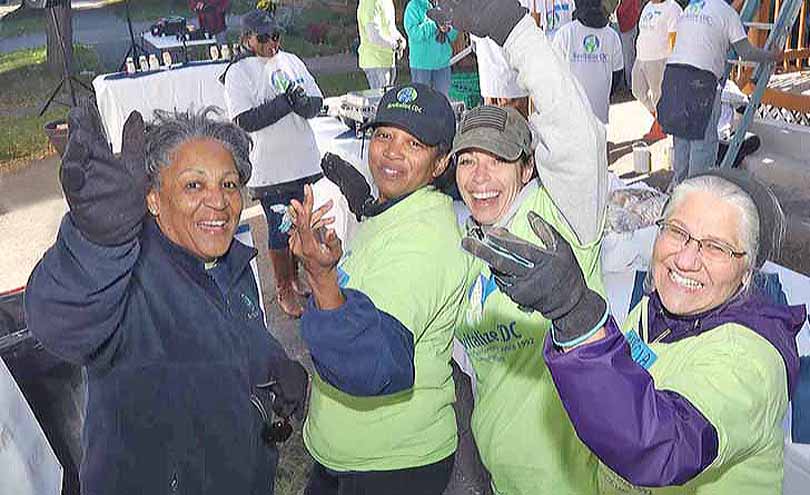
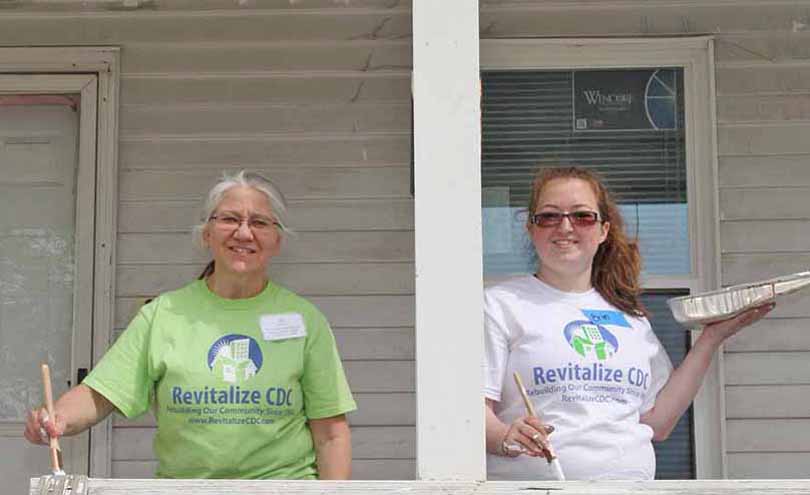
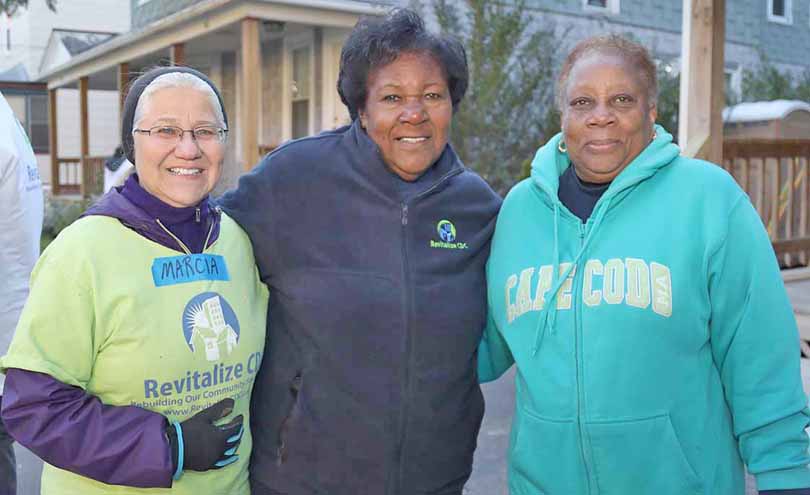
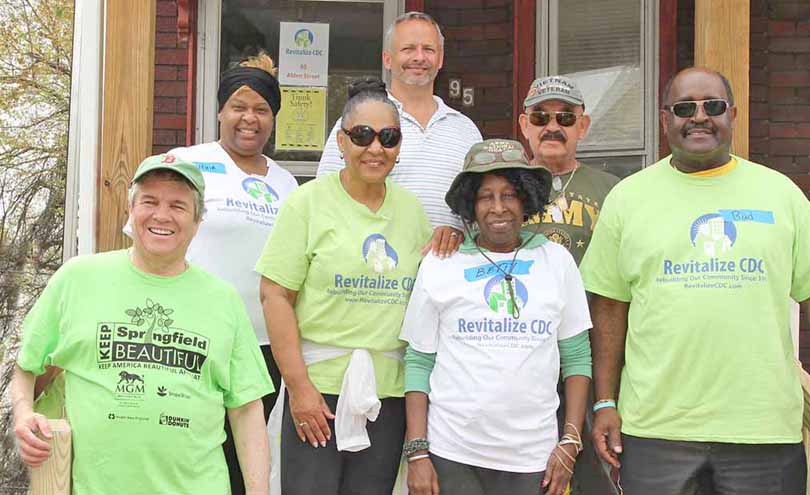

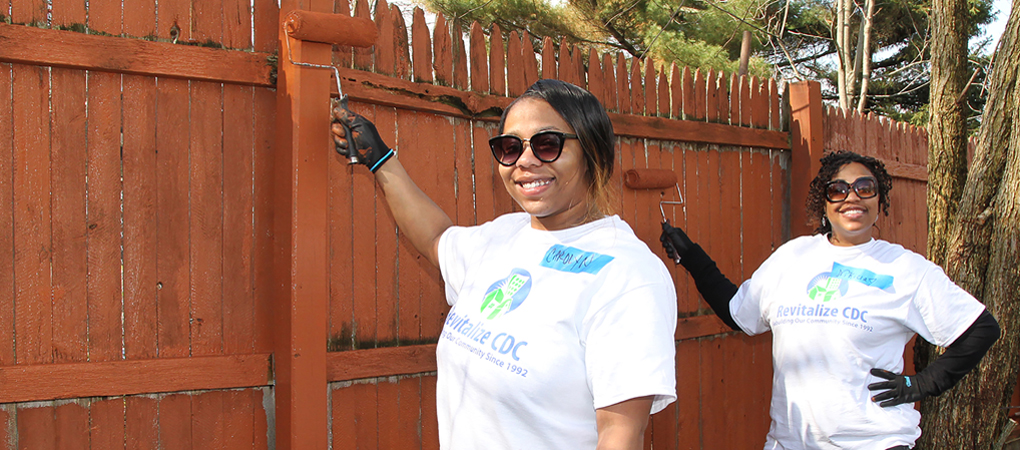
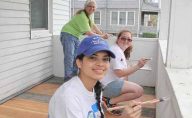

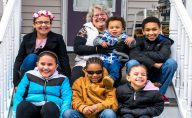
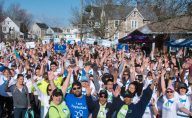
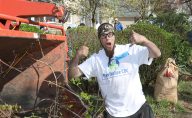
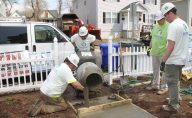

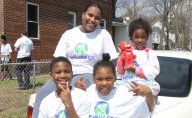
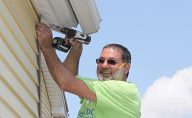
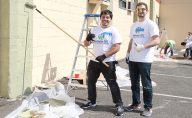
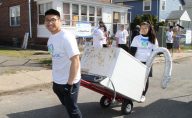
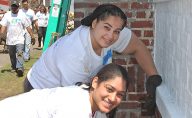
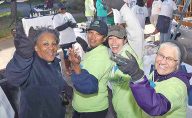
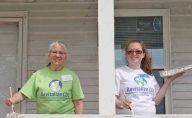
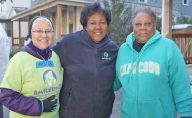
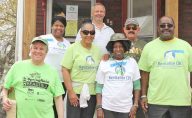
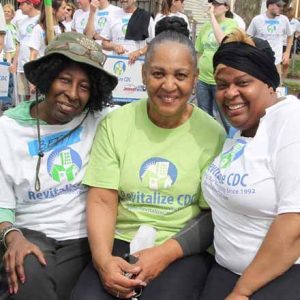 Delores Culp’s home was badly damaged in a 2011 tornado. She served in the National Guard for three years and is now a volunteer and member of the board of directors of Revitalize CDC.
Delores Culp’s home was badly damaged in a 2011 tornado. She served in the National Guard for three years and is now a volunteer and member of the board of directors of Revitalize CDC.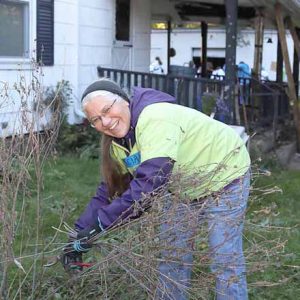 Marcia McFarland-Gray is a retired Senior Director of Major Accounts at Blue Cross Blue Shield of Massachusetts, a health insurance company which supported the #GreenNFit Neighbourhood Rebuild.
Marcia McFarland-Gray is a retired Senior Director of Major Accounts at Blue Cross Blue Shield of Massachusetts, a health insurance company which supported the #GreenNFit Neighbourhood Rebuild.